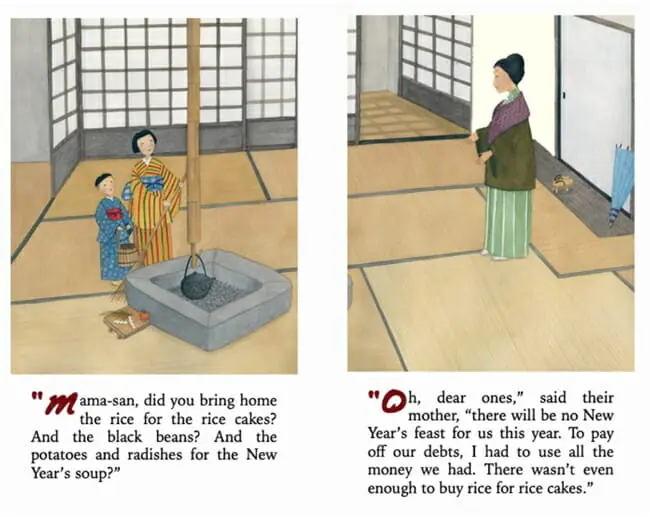When we work with authors and book publishers we frequently discuss ebook types as part of the production process. There are two main types of ebooks, fixed-layout and reflowable. Fixed-layout looks exactly like the page in a physical book. However, reflowable eBooks are designed like web pages to be
responsive. That means, they adjust to the size of the screen they’re being displayed on, the size of the font used, the line spacing, etc. When you read an ebook on a phone, a tablet, or a full-sized monitor, Page breaks and image sizes radically affect the presentation of the book. When deciding what format to use for your book you need to think about how you want to present the text. Your goal is to determine the manner that best suits your reader and that is dependent upon the kind of book you are publishing. A reflowable eBook can introduce some uncertainty that doesn’t work for all eBooks. But neither will a fixed-layout meet every need. Understanding when to use the correct ebook type will ensure that your next published book is a digital success.
What are the differences between fixed-layout and reflowable eBooks?
99% of the eBooks created commercially are reflowable — and for good reason. When you’re publishing fiction or “narrative” non-fiction (like memoirs, biography, history, and most how-to/business books), then the focus is on the words. Making the words as easy for the reader to connect to is the way to go. A reflowable format allows for customization by the reader's preferences on their device. They can alter the font, font size, and line spacing to meet their desired reading style. Some books are a bit more complicated. For that, you need a fixed-layout ebook. A fixed-layout eBook is simply an eBook that has been set up in such a way that it looks like the print version of the book:
- The page size is set — it will always display as a certain number of pixels wide and a certain number of pixels tall, no matter what screen it is displayed on.
- Typeface and font size are (more or less) set. The text will display as designed, regardless of platform or user preferences.
- Text and other elements can be placed in front of images.
- The relationship of the text to the images will always remain the same.
The relationship of imagery to text is the main factor that tends to define whether an eBook should be in a fixed-layout or can be reflowable. Books, where the images must be in a particular relationship to the text, are good candidates for a fixed-layout ebook. These publications expect the reader to be able to read the text while viewing the image. What are some good examples of fixed-layout books?
- Coffee-table-style photo books
- Graphic novels and comic books
- Textbooks that rely on full-page illustrations or tables
- Some cookbooks
- Children’s picture books
- Business books that use tables, graphs, or other detailed graphics with captions.
Can the formats be combined?
Yes and No. While the format would ultimately be a reflowable eBook you can program the images and text together. This works under
most standard circumstances. But, eventually, the screen will be too small or too large and they can be separated or merged. The reader’s settings and preferences affect the way the document is viewed and may be set in a way that pushes images out of context. Combining text with images can be a solution but that limits the reader's ability to search any text that is embedded with the image. These are extreme circumstances but can be frustrating for readers. We work with you to plan for these instances to ensure that your readers have the best experience.
eBook Type Examples
We create a lot of fixed-layout books that are children’s picture books. In most cases, we’ve created both fixed and reflowable versions because not all retailers accept fixed-layout eBooks (see below). Let’s look at some screenshots of both versions to get a feel for the reasons fixed-layout can be important. The two-page spread below is set up as a fixed layout eBook:

Look at how the text and image are integrated. This book is for new and young readers. It’s ideal for the image and the text to reinforce each other. The typeface is the same as that chosen for the print edition. Note, too, the green triangle, a button that triggers audio of the author reading the text aloud — this is both a fixed-layout and an enhanced eBook! Several reading services are now offering "read with me" options for children's books. Here are the same two pages in the reflowable version. No longer a “spread”, now each “page” appears on its own screen, however large or small:

Now, you should be able to spot some advantages and disadvantages to each. The biggest problem with the reflowable version is altering the images. We had to cut the lovely painting in half in order for it to fit on two pages. Then we placed the two paragraphs
below each part of the image. Rather than placing them directly on top of the picture as would have been able to accomplish with the fixed-layout version. Now, if the reader sets the text really big or the screen is
really small (these screenshots were taken on an iPhone 11, so not tiny), then the text flows onto the next page. Again, not ideal. Like a PDF, a fixed-layout eBook gives a consistent reading experience across platforms.
What are the disadvantages of either eBook Version?
Reflowable eBooks have their challenges but overall we can manage or minimize those challenges. However, there are a number of real downsides to creating fixed-layout eBooks. One is that, whatever platform the reader happens to be reading on, it will display exactly the same. Yes, that’s an upside as well, but it can be a problem. Look at that two-page spread above. Now imagine reading it on your phone. My eyes wince for you. Another real disadvantage is that — as with enhanced eBooks — most retailers won’t accept them. Amazon will only accept fixed-layout eBooks that have been created in their Kindle Create app. Essentially, you upload a PDF of the book into the app, which cuts the file into pages and then turns each page into a highly compressed JPG image. The problem with this is that
the words go away. Oh, they appear on the page, but they’re just pixels. The file is no longer searchable. For a children’s picture book that might work — although the read-aloud function on Kindles won’t function anymore. But for textbooks or cookbooks? This is not a realistic option. They have to be searchable. All of this means creating multiple eBooks, which significantly increases the amount of time and money you’re spending. Particularly if you are working with a designer to help create your layout. But, fixed-layout can still be the best way to go! Hopefully, you now have a better feeling about the kind of eBook that is right for your next project. Reach out to us here to discuss your needs and any questions that you might have about your eBook creation.